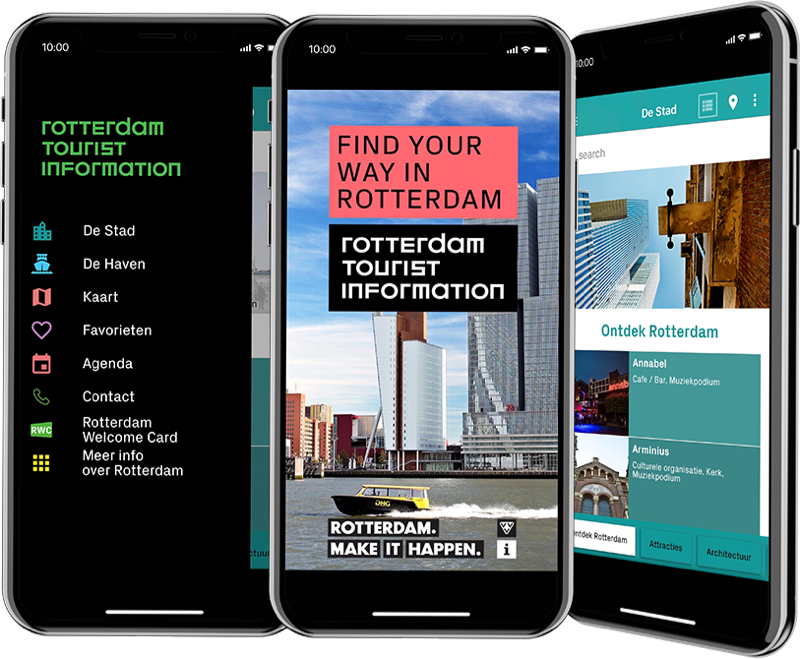Discover the Rotterdam Architecture Month (June)
Rotterdam is known for its world port, unique architecture, and impressive skyline. The reconstruction after the devastation of 1940 resulted in a patchwork of innovative building styles. It’s no surprise that the largest architecture festival in the Netherlands is held in Rotterdam. The festival focuses on the future of the city and takes place every year in June. Each edition of Architecture Month chooses a new location for its festival heart.



